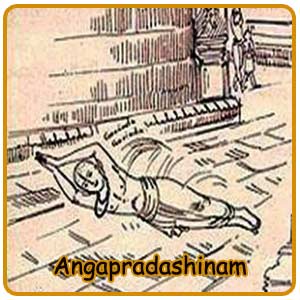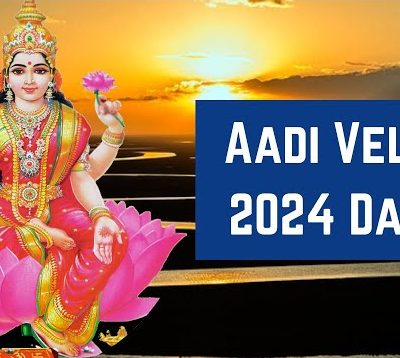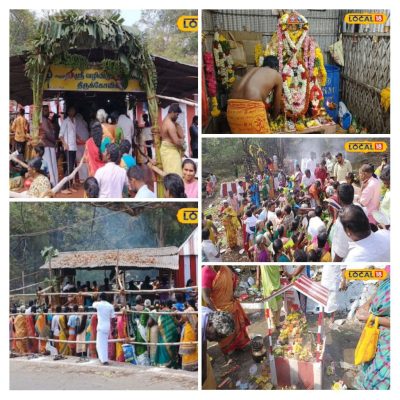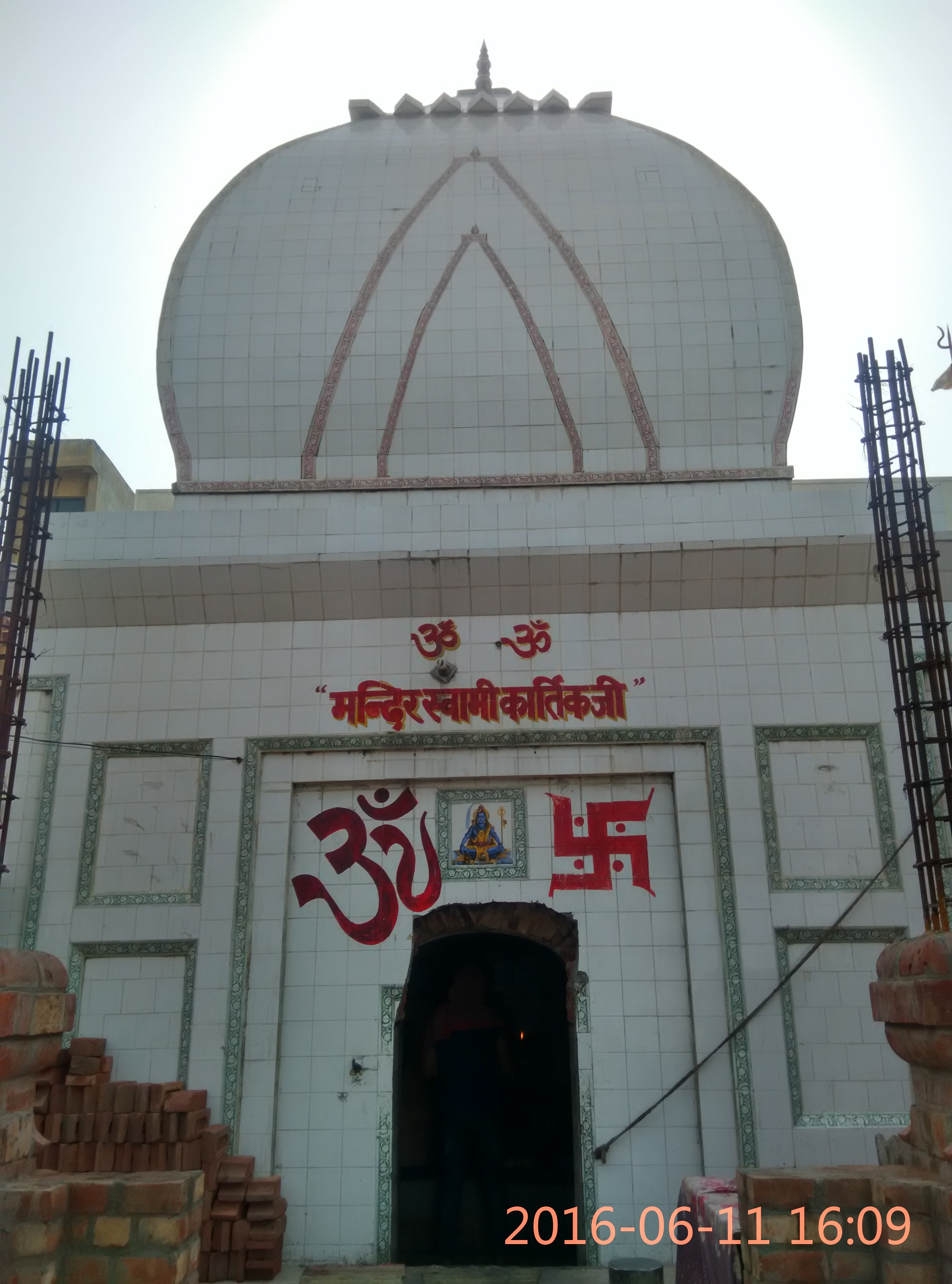Kadri Manjunath (Manjunatheshwara) Temple- Karnataka

Address
Kadri Manjunath (Manjunatheshwara) Temple- Kadri Temple Rd, Vasanth Vihar, Kadri, Mangaluru, Karnataka 575002 Phone: 0824 221 4176
Diety
Manjunatha (Lord Shiva)
Introduction
Kadri Manjunatha Temple is a historic temple in Mangalore in the state of Karnataka, India. The temple of Manjunatheshwara on the hills of Kadri is said to be built during the early Vijayanagara architecture dating back to 10th and 11th century AD. It is the spectacular temple of Lord Manjunatha or Lord Shiva on the Kadri hills. The location of the temple is overwhelming with the presence of the deity of the temple, and the marvelous hillocks of the Kadri hills, which has many caves cut into the hills. The Kadri hill also has the biggest Natha Pantha (idolization) in the south of India. The name Kadri was derived from Kadari which meant plantain and Kadri is filled with plantain trees all over.
Puranic Significance
Kadri was a center of Buddhist in the early century. Later when Buddhism declined the Natha Pantha (a new religious belief) came into existence here. Natha Prantha was believed to be a modified form of religious beliefs obtained from the Vajrayana from the Mahayana section of Buddhism. Later the Natha Prantha was more of worshiping Lord Shiva as the deity. The followers were called Jogi and the monasteries were called jogimutt by the localities. The earliest settlements in Kadri were the Buddhists and the people of Natha Prantha. In the earliest epigraphs found in these places, Kadri was called Kadrika Vihara and Mangalore as Mangalapura. In some inscriptions in the stone epigraphs, a King who ruled then declared to give away the land for the construction of the temple is mentioned in Kannada and Malayalam languages. In the 12th century the magnificent temple was built in typical architectural style (Agama Shastra). Later it was rebuilt using granite stone in 14-15th century and the pancha loha idol of Lord Manjunatha was installed. The jogies being ardent devotees of Lord Shiva worships Lord Manjunatha who is a form of Lord Shiva. The jogimutt is surrounded by caves called the Pandava caves and the Jogimutt is of great significance here. Many small temples have been installed in and around the Jogimutt which gives the place a holy appearance and ambience. In “Bharadwaja Samhita” a Sanskrit mythological Vedic compilations, the mount Kadri is clearly mentioned. Kadri was famous for being the abode of Lord Manjunatha in ancient times too. Kadrika was the place where many sages and saint’s practiced meditation, spirituality and penance when Kadrika was a part of Siddhashrama. The reference in Agama texts of Vaishnavism called the Bhardwaja Samhita contains stories of the sages who lived in the valleys of Kadri. The story of the region of Kadri is connected to Lord Parasurama. When Lord Parasurama rigorously prayed and Lord Shiva appeared in front of him asked to find a new place for his shelter called the Kadrivana. Lord Parasuama, set off to find the Mount Kadri to set up the Kadrivana for Lord Manajunatha a form of Lord Shiva. Later with immense struggles with the ocean king who had occupied the space near the Kadri Mountain, Lord Parasurama, with his axe, won over the place and set up the Kadalivana in the space. The new land became the abode of Lord Manjunatha where later many saints, philosophers and sages came and lived together and preached. Later with the help of Vishwakarma, the temple of Lord Manjunatha was constructed around the Shiva Linga. Later the Saptaokoti Mantras settled here as Sapta Theerthas or the seven ponds. The Heggade Family carries out all the traditional ceremonies here in the temple has over a history of hundreds of years. The family members have dedicated their life to the development of the temple and are patrons of art, literature, philosophy etc.
Special Features
The temple has various statues of Gorakanatha, Machendranath, Shringinath, Manjushri, Lokshewara and even Buddha apart from Lord Manjunatha. Goddess Durga is worshipped on the west of the temple, Lord Ganesh in the North. Udhbhava linga: It is the naturally formed lingam of Lord Narayana and Lord Shankara which forms the diet of the temple Shankaranayana Temple. Statue of Thrilokeshwara and the Deepasthambha which is around 5 feet tall. The Deepasthmaba is lit on the Karthika vilaku day and the Lakshadweep Mahotsava day. Gomukha – A Natural Spring At the elevated point at the back of the temple is the natural spring called Gomukha. The people believe that the water flows from the river Bhageerathi in Kashi, hence they called the spring Kashi Bhageerathi Theertha. People cleanse themselves in the ponds which are filled by the natural spring water before entering the temple.
Festivals
Annual Jathra Mahotsava festival is conducted in the month of January starting with the Makara Sankranthi and extends to about 9 days from then. Rudrabheeeksha is held every Monday. Ganesh Chathurthi, Karthikamasa, Navratri, Deepawali etc. are some of the major festivals celebrated here in the temple. Even Dhanurmasa Pooja and Udagadi are also celebrated pompously. During the Annual fair at 40 feet Garuda is hoisted to the 62 feet flagpole and is held on the April 17th to 23rd for the Brahma Kalothsava. Laksha dweepa Mahotsava is also a major festival here.
Century/Period/Age
10th and 11th century AD.
Managed By
Archaeological Survey of India (ASI)
Nearest Bus Station
Kadri
Nearest Railway Station
Mangalore station
Nearest Airport
Mangalore









